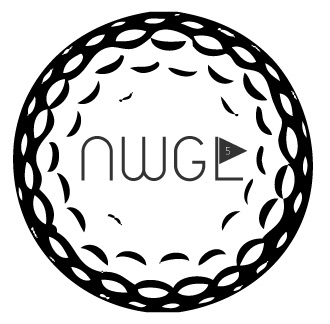Tendon injuries due to overuse, particularly in the hands where the muscles are small to begin with, need rest to heal. I agree that a glove that provides a "wider" grip will help some but really your conditioning is due to over use of an extensor tendon (which is why it probably hurts, yet feels good, to stretch the thumb down). In order to stop the pain, you just eliminate the motion that provides the pain. You need to brace to heal a tendon injury, use ice to reduce inflammation, stretch but not to the point of pain (since pain will only make the problem worse). Lastly, you need to strengthen the area to prevent it from returning. Tendons don't contract and relax, they only connect muscles to bones. If a muscle needs to be repeatedly used for a specific task, the. It needs to be trained/strengthened on a regular basis to offset the strain that the activity places through it and the tendon.
I recently spoke about the use of anti inflammatories, they merely "block" the pain but will never heal the true underlying problem unless the problem is addressed to eliminate the pain from returning. If the problem is never addressed, then each additional injection " never seems to do anything like the first one did".
Have you visited a PT for an assessment?
Thanks and keep swinging!




